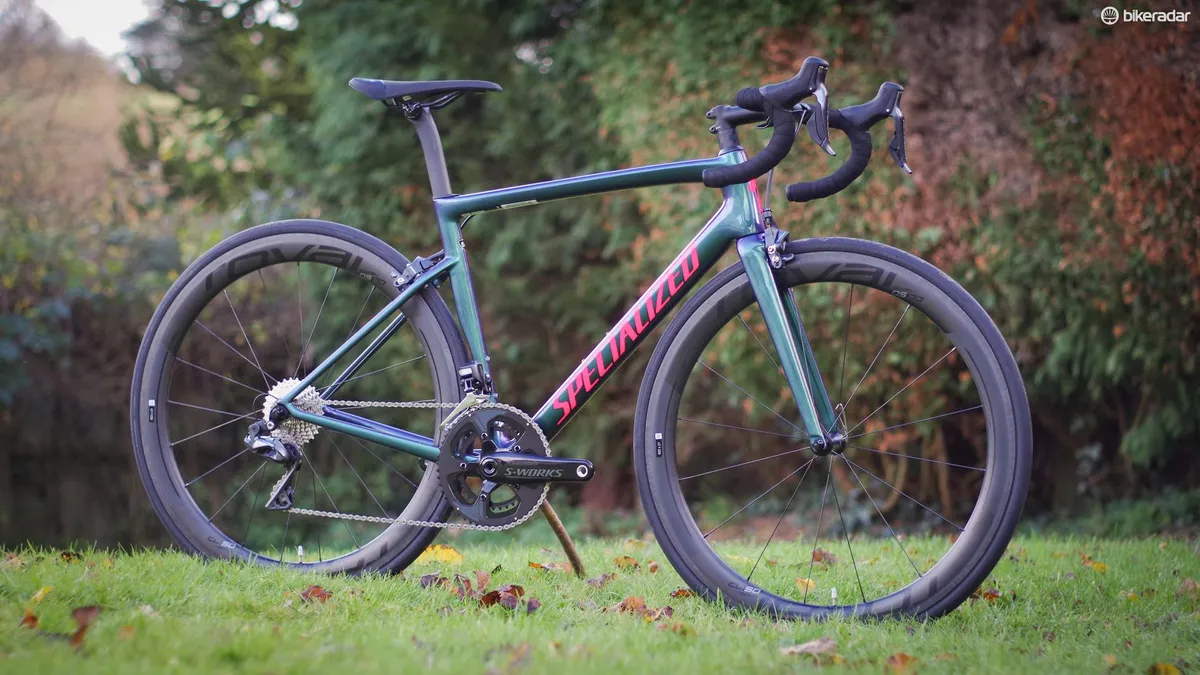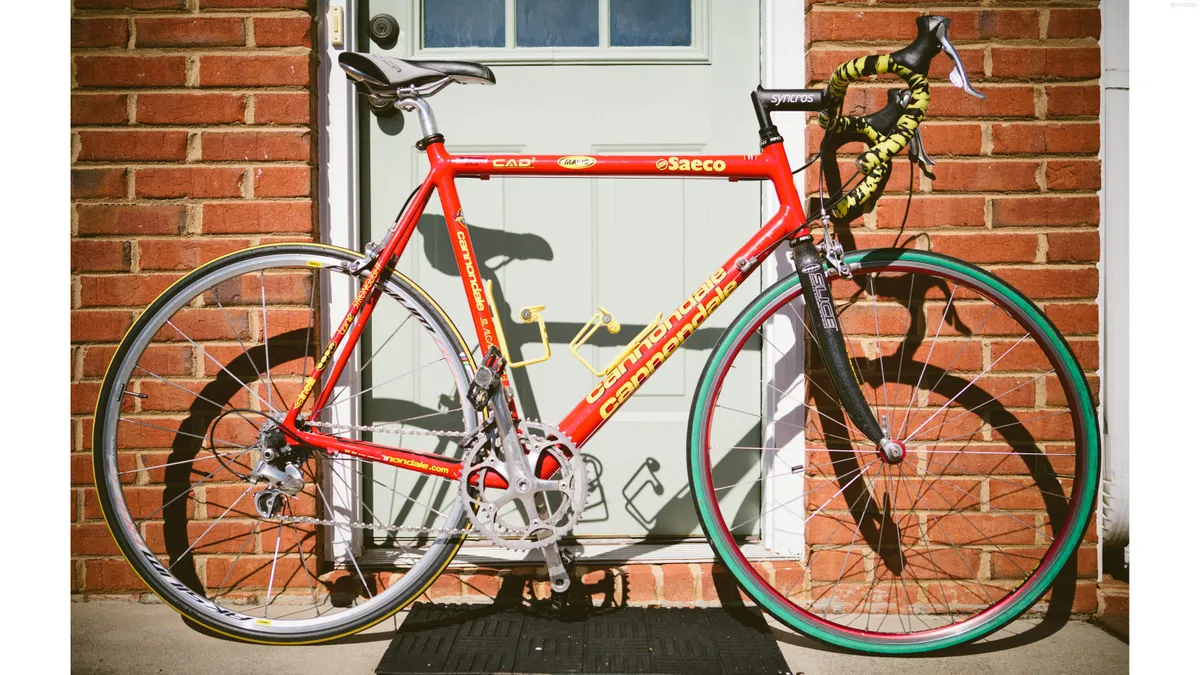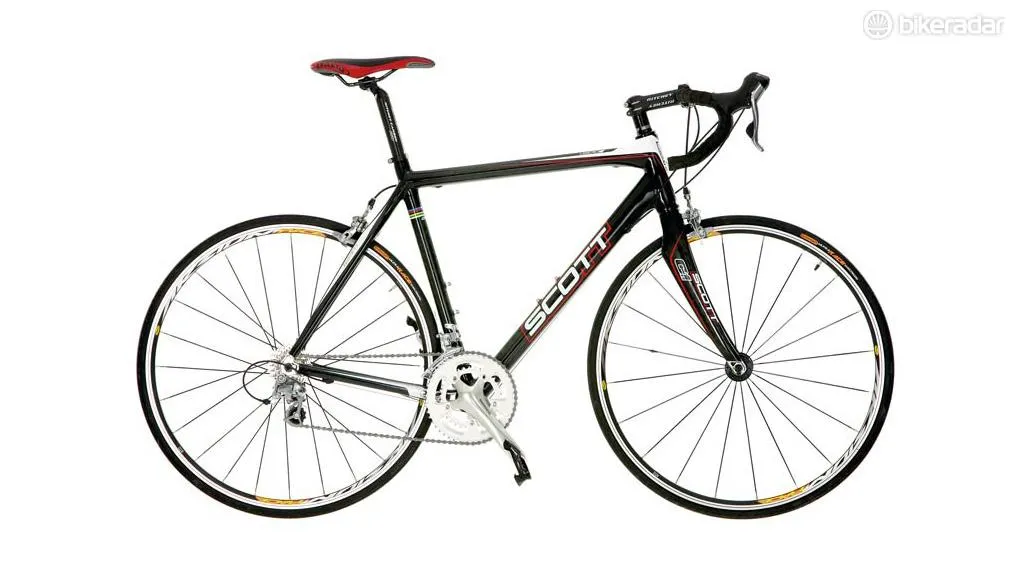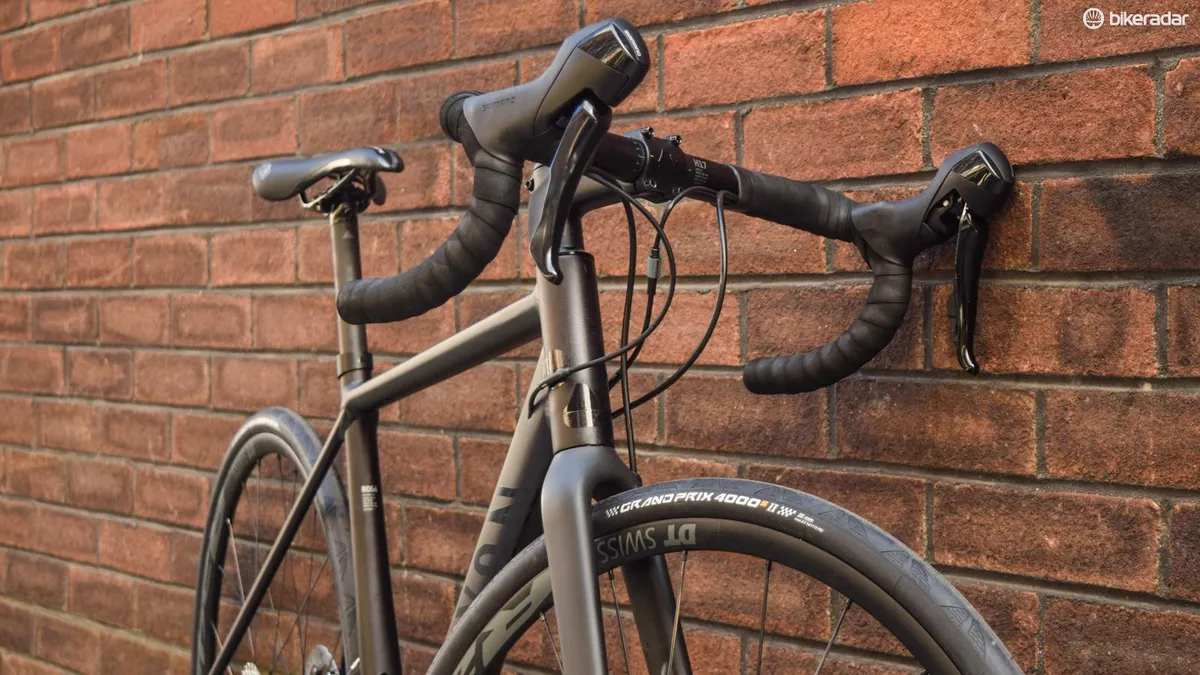You really want a carbon bike, right? What if I told you that on a limited budget, you’d be better off sticking with metal?
- This feature was inspired by the Specialized Allez, one of BikeRadar's Headline Bikes for 2018. We've collated eleven bikes that we believe you should know about in the coming year. Some are super bikes, while others might display great value for money, but they all have one thing in common — they're all important bikes that show how incredibly varied road and mountain biking is today.
- Canyon vs. Rose: who makes the best cheap disc bike?
- The top 5 2018 road bike trends
- This is why drop bars sometimes suck
The lure of carbon
It’s all too easy to be seduced by carbon. It’s the stuff of Formula One; they make planes out of it. It’s stealthy and stiff, light and springy, all that good stuff.
Carbon is used for the best bikes in the world because it is, right now, the most highly optimisable material we have at our disposal. But not all carbon is created equally.
While a top end race frame from a big name brand will be built to a high standard — with judicious use of materials to create something as light as possible while achieving the desired strength, stiffness and compliance — the same cannot be said for the bikes produced at the opposite end of the market.

You can buy carbon frames direct from Chinese factories for just a few hundred pounds or dollars and if you want a warranty and some certainty that you’re buying something safe, you can have a branded open-mould frame from one of many resellers for not a great deal more.
(Open-mould refers to non-proprietary designs which anyone with a fistful of cash can procure by the container load.)
The thing is, cheap carbon just isn’t that good. Just because something is made using approximately the same manufacturing techniques doesn’t mean it shares its best qualities.
The best bikes in the world are great because engineers have invested thousands of hours in optimising the way the raw materials are put to use.
The quality of the carbon itself matters. The design of the lay-up is incredibly important, and the care taken doing the actual laying up is crucial to the quality of the finished product.
It’s a few years old, but for some insight into what makes a good carbon frame, watch this video presented by our former US Technical Editor James Huang.
The alloy stereotypes no longer apply
Aluminium framed bikes of old had a reputation for being harsh and unforgiving that wasn’t totally undeserved.

Designers realised that large diameter, thin-walled tubes made for immensely stiff bikes, but it was years before alloy bikes with real engineered-in comfort became a thing.
In the 2000s carbon went fully mainstream and while standard bearers like Cannondale’s CAAD9 soldiered on, it was the black stuff that everyone got excited about, with amazing bikes like Scott’s clever CR1 grabbing headlines.

While carbon has continued to evolve, the rate of progress feels like it’s slowed in recent years. At the same time, aluminium-framed bikes are enjoying a huge resurgence, and for good reason.
Bikes like the Canyon Endurace AL and Ultimate AL, the Trek Emonda ALR, the Cannondale CAAD12, the Specialized Allez, the Rose Pro SL-2000, the Giant Contend and numerous others have shown what’s possible with good old metal.
The days of straight, round tubes are long gone, with advanced hydroforming and welding techniques being used to produce frames that are light, stiff and comfortable.
Where low end carbon frames have a dead, wooden quality to them, a similarly-priced alloy bike can be springy and compliant.
Better yet, many brands still charge a premium for carbon, so for a given budget an alloy bike often has a better spec.
The advice part

There’s an extent to which you’re going to have to take my word for it, but based on the large number of entry level road bikes I’ve ridden, I can confidently assert that the latest generation of alloy frames are simply better than the most affordable carbon ones.
There’s no hard and fast rule for identifying 'cheap' carbon but it’s fairly safe to say that an open-mould frame sold as a complete bike for around £1,000 with a mid-level groupset like Shimano 105 isn’t going to be the really good stuff.
You’ll notice I’ve chosen not to pick on individual bike brands here. None of this is to say that cheap carbon bikes are inherently bad, it’s just that you can do better for your money if you look beyond the frame material headline.
We live in an age of amazing bicycles and it’s hard to go too wrong with even a modest budget.
As ever, I’d recommend you buy the bike that makes you happiest, the one that gives you that fizz. Carbon is wonderful, but aluminium doesn’t need to to justify itself anymore. And yes, you can make fantastic machines out of other materials like steel and titanium. Vive la difference.
BikeRadar would like to thank Brittany Ferries, the Commune of Peille, France, and Kieran Page at La Maison des Activities de Pleine Nature de Peille for their help and support during our Headline Bikes test.
